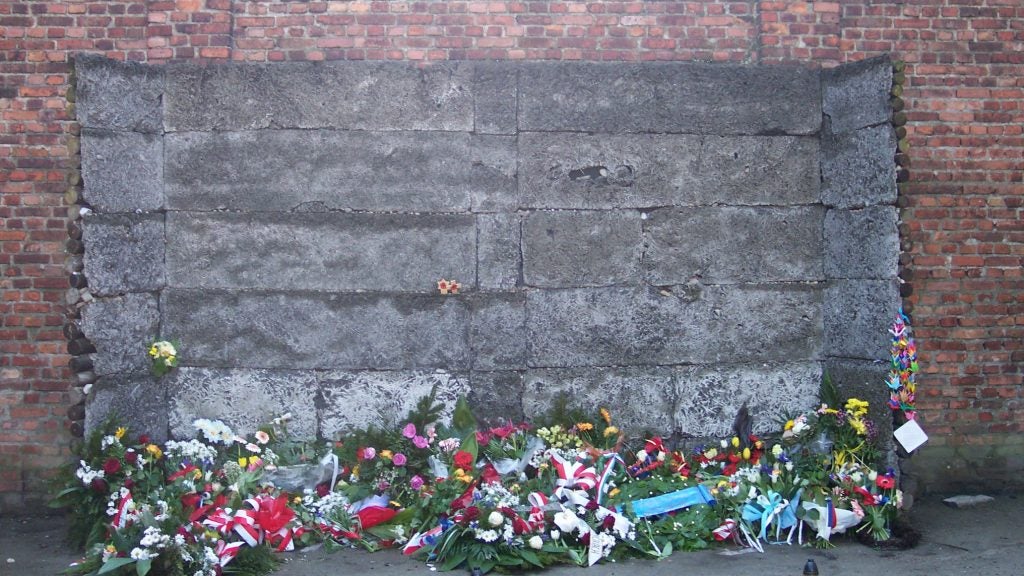“To Conjure Up the Dead”
It’s hard to commune with the dead when you are attending to your body. But didn’t I see my companion cry back there, in front of the suitcases? Did he smell the odor from human bodies?
“To Conjure Up the Dead” Read More »
It’s hard to commune with the dead when you are attending to your body. But didn’t I see my companion cry back there, in front of the suitcases? Did he smell the odor from human bodies?







